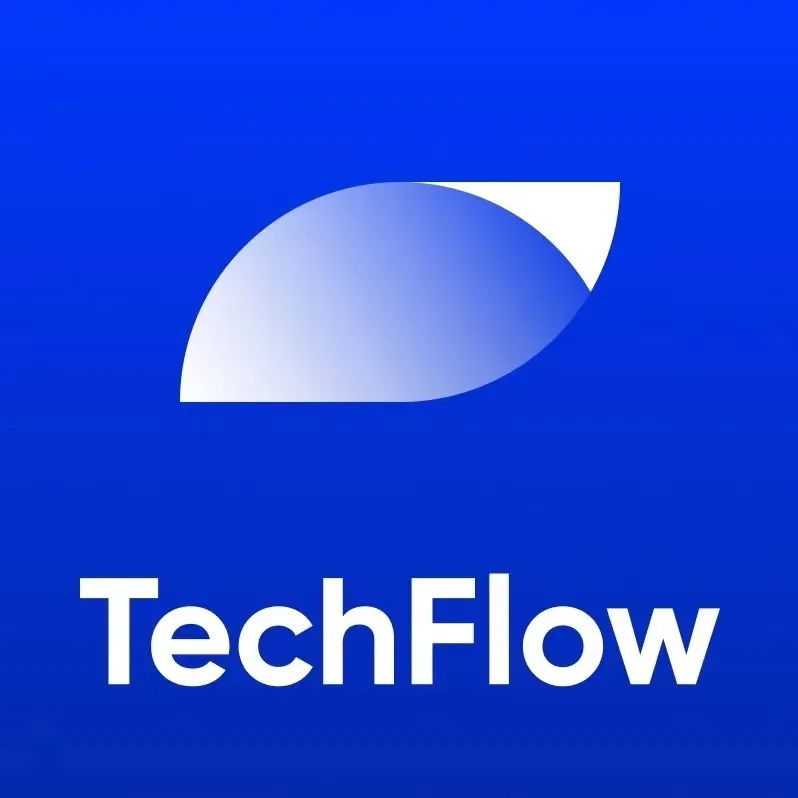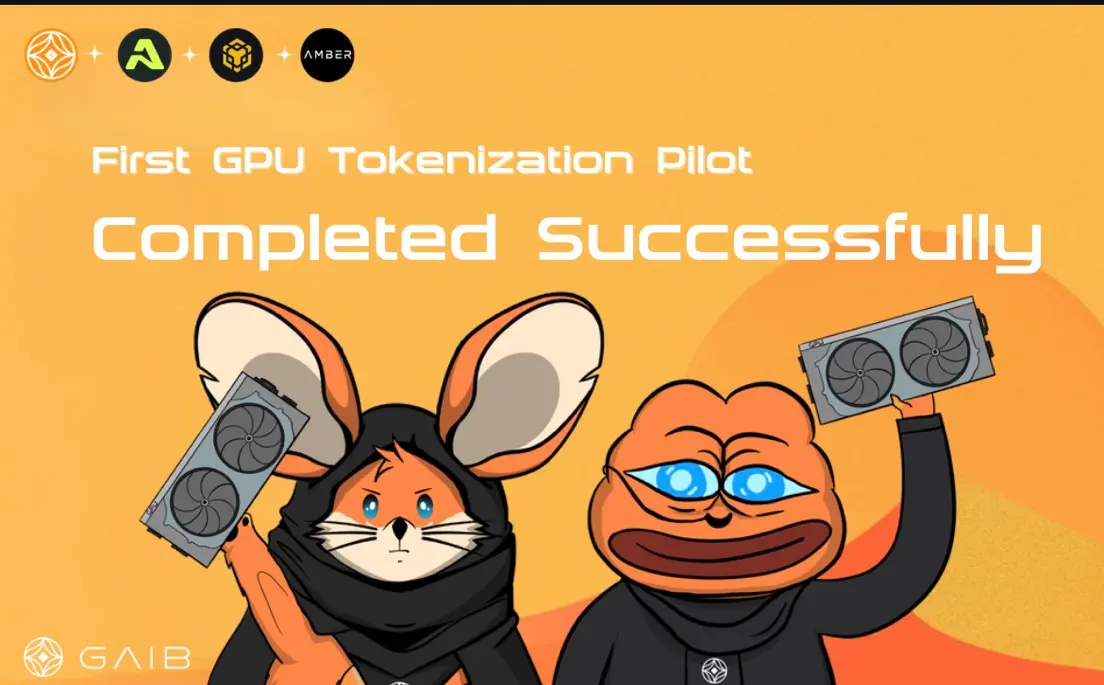Interpreting Initia: Move-in ready, conveniently customizable full-chain modular Rollup network
Author: Deep Tide TechFlow
Secondary trading is as calm as water, and the hunger for new projects is growing.
Whenever a new interactive project appears in the market, a plethora of tutorials will emerge overnight, attracting everyone to rush in. Under the FOMO sentiment, hunters are afraid of missing the next big opportunity.
In this enthusiasm, the star of the week is undoubtedly Initia (@initiaFDN).
In just a few days, crypto Twitter has been filled with interactive tutorials and project introductions about Initia. Some KOLs even jokingly said that tutorials shouldn't be released, as the high level of attention could turn potential big opportunities into small ones due to competition.
Why is everyone so FOMO about Initia? The luxurious investment background is naturally the most attractive point.
In February of this year, Initia secured $7.5 million in seed funding led by Delphi Ventures and Hack VC, with renowned angel investors such as Cobie, Nick White, and Smokey also participating.

Moreover, in the latest financing information disclosed by Rootdata, Binance Lab also participated in the project’s funding.
You could say that the current market meme is the focus, but that certainly doesn't mean that projects with such funding backgrounds will go unnoticed, as extremely high airdrop expectations could lead to a lack of interest.
However, while everyone is focused on top-tier funding backgrounds, there is a lack of detailed and straightforward introductions about what Initia itself is doing.
L1, L2, modular, full-chain… Initia seems to be labeled with various hot tags, and the combination of multiple concepts can be a bit confusing.
Is this just another homogenized project in the intersection of hot narratives, or does it have unique innovations?
We took a closer look and found that this is not a simple L1 or L2 that just focuses on single metrics, but rather more like the adhesive and lubricant for all chains—bringing friends together and ensuring a good experience.
So, does Initia have a foothold in the fierce competition of the infrastructure race?
The More Chains, The More Modules, The More Anxiety
To answer this question, let’s take a look at the current issues in the crypto market.
Everyone says we need to build infrastructure. The extensive construction has indeed enriched the entire crypto ecosystem, but it has also led to decision paralysis.
The key to this decision paralysis is L2 and modularization.
L2BEATS data shows that there are currently 52 L2s in the market, with another 41 L2s under construction…
Which chain to use? Which Rollup is suitable? How to combine different functional modules to optimize performance or cost? In this fragmented technical ecosystem, every decision can become an adventure.
Clearly, the more chains and modules there are, the more anxiety there is, and the worse the experience becomes. You can easily feel the following issues:
Complex Management: You need to manage multiple chains simultaneously, configure RPC for each chain, maintain separate wallets for non-EVM chains, use various bridges, pay gas fees with different tokens, and rely on multiple explorers for monitoring.
Liquidity Fragmentation: Funds are locked on different chains, making it difficult to move smoothly between them, limiting capital efficiency and accessibility.
What was intended to facilitate users has instead turned into a situation where everyone is fighting their own battles.

Therefore, whether from the perspective of speculative narratives or solving practical problems, we seem to need an interconnected approach to alleviate the aforementioned experience anxiety and operational burden.
So, you can easily understand what Initia aims to do:
Instead of picking one from a vast sea of chains, it’s better to build an ecosystem that can connect them all.
Lobby Manager L1, Independent Suite L2
So, how does Initia specifically build this interconnected ecosystem? Is it an L1 or an L2?
In simple terms, you can understand it as a modular Rollup network that adapts to all chains, where each Rollup can interoperate and access each other.
Thus, Initia has both L1 and L2 functionalities.
A bit convoluted?
Let’s start from a more familiar scenario—staying in a hotel.
You book a suite at a hotel named Initia, and when you arrive to check in, you will definitely experience the following scenes:
First, you need to go to the front desk to check in. The staff will verify your identity, assign a room, provide room card access, inform you of the check-in and check-out rules, and ensure that the room you are staying in is vacant.
Second, your suite is quite nice and meets your needs for a sea view; the guest next door has booked a family room, which also meets the needs for children's entertainment… Everyone can always ensure that they have a separate room to meet their specific needs.
Third, since different guests belong to the same hotel and share the same standards, it’s easy to visit each other through room numbers, hallways, and signs, without any "walls between rooms" issues.

Now you should understand Initia's product design:
First, Initia has an L1 that acts like the hotel lobby, playing a key role in "orchestration," responsible for security, coordination, and resource allocation.
Second, Initia has numerous independent Rollup L2s that act like different suites, officially named Minitia. Each specific application corresponds to an L2, such as financial services, gaming, or social networks, which can operate independently while maintaining close ties with the L1 layer.
Third, although each Minitia L2 is independent, the design based on common standards allows them to achieve cross-chain interoperability, seamlessly exchanging data and assets. Therefore, the official definition is "a network that interweaves different Rollups."
In terms of technical architecture, Initia is built on technologies such as Cosmos, Celestia, and OP-rollup, collectively creating the aforementioned hotel front desk and suites:
- Initia L1: Utilizes Cosmos technology, integrating multiple core modules such as banking systems (Bank), staking (Staking), virtual machines (MoveVM, WasmVM, etc.), decentralized exchanges (DEX), LayerZero, IBC, etc., supporting various blockchain technologies and optimized data processing. It also employs Comet Byzantine consensus to ensure the security and consistency of transactions and data processing within the network.

Data Availability Layer (DA Layer): Celestia provides data storage and verification services, ensuring the network's transparency and reliability. The Batch Submitter is responsible for submitting transaction data in batches to Celestia to optimize processing speed and cost. The Output Submitter and Bridge Executor assist in handling cross-chain transactions and interoperability, ensuring that data and assets can be safely and effectively transferred between different blockchains.
Optimized Rollup: As part of the Optimistic Rollup, the Challenger monitors and verifies all transactions submitted to the chain, ensuring their correctness and challenging them when issues are found.
Minitias (Independent L2 Networks): Each Minitia focuses on specific applications, and Instant Bridges provide instant bridging services, supporting the rapid and secure movement of assets between Minitias.

- External Communication: Through the Inter-Blockchain Communication (IBC) protocol and Axelar network, Initia can efficiently achieve cross-chain interoperability with the Cosmos ecosystem and other blockchains (such as BSC, Ethereum, Arbitrum, etc.).
Through this technical architecture, Initia can provide a highly modular, secure, and easily scalable blockchain platform, aimed at simplifying user experience in a multi-chain environment and optimizing developers' ability to build applications. This design not only reduces operational complexity but also greatly enhances the liquidity and interoperability of the entire system.
Move-in Ready, Plug-and-Play Suite Facilities
The above design has achieved interoperability among various L2s, but each L2 Rollup of Initia also has its own characteristics.
Still using the hotel analogy, when you enter your room, you don’t have to buy a bed, bring toiletries, or install a wardrobe; the room is already equipped with the necessary facilities, and you can just use it.
Similarly, each Minitia is a fully equipped L2 environment, ready for applications with different needs to move in, becoming a plug-and-play application chain without having to reinvent the wheel from scratch.
Specifically, its built-in key components are as follows:

With these plug-and-play facilities, each Minitia of Initia provides the best environment for specific applications. This design not only lowers the entry barrier for developers but also accelerates application deployment and market promotion, allowing developers to focus on innovation rather than infrastructure building.

Notable Ecological Projects and Interactions
Currently, although Initia is in the testnet phase, ecological projects have already begun close cooperation. Notable ones include:
Blakwing: A modular blockchain focused on achieving non-liquidation leveraged trading of long-tail assets through Limitless Pools. Blakwing has completed $4.5 million in seed funding and quickly locked in over $50 million in total value locked (TVL). Users can earn up to 89% annualized return (APR) by depositing assets.
Lunch App: Aiming to become the central hub for Web3 activities within and outside the Initia ecosystem. The platform reduces friction in using interwoven Rollups through social login and biometric transaction signatures. Users can participate in on-chain activities across all Minitias through a mobile app.
Tucana: A liquidity layer centered on intent, DEX, and an L2 perpetual contract chain optimized for traders, unifying transactions across modular networks. Tucana offers lightning-fast trading experiences and customized execution logic.
MilkyWay: Developing a modular chain to protect the ecosystem and create the first LST for Celestia. MilkyWay recently completed $5 million in seed funding, with over 156,000 milkTIA holders and a total locked value of $26.5 million.
Contro: As a market maker, Contro addresses issues of low liquidity and high fees. Its Gradual Limit Order Book (GLOB) system ensures a fair and scalable market. Users can obtain unique liquidation prices without relying on traditional liquidity providers. Contro will debut in the prediction market, offering a fair and scalable on-chain betting experience.
Civitia: A fully on-chain gamified social experiment where users can acquire land, earn income, and compete for global dominance. It seamlessly combines elements of SocialFi and DeFi to create a unique experience.
Meanwhile, with the release of Initia's testnet, users can currently engage in various interactive operations such as downloading wallets, claiming water, staking, and following social media. After completing tasks, there are also NFTs available for collection.
Interested readers can visit Initia's Chinese official Twitter and follow the official tutorial for corresponding operations.

With the intense competition for airdrops, the launch of projects like Initia is bound to attract more airdrop hunters. However, for projects with luxurious investment lineups and narratives that can address market pain points, making the most significant attempts within one's capacity remains the best choice for achieving expected returns.















